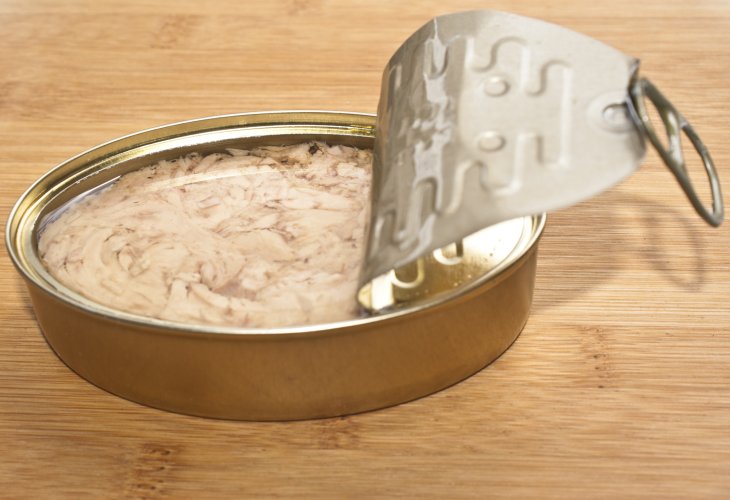Caution: Not All Preserved Fish is Tuna
Tuna cannery production lines don't slow down during shortages of the fish. How? Manufacturers "adopt" similar species to tuna. If the taste is similar, what's the problem? Well, there are several issues.

There's a legend - one that's pleasant to believe even though it has nothing to do with reality - about a large fishing vessel that goes out to catch tuna, with massive factories on board that produce canned tuna with all the embellishments. Some even speak of a kosher supervisor who sorts all the non-kosher fish from the fishing net so they don't mix with the tuna, and personally places the fish cooking pots on the fire to ensure it's cooked according to Jewish law. We're sorry to disappoint you, especially if you're among those for whom "tuna" is the quickest and healthiest food you can offer. Simply put - this doesn't exist, particularly not with tuna fish.
In reality - fishing is usually done by workers in the Far East, without any supervision and, surprisingly, in the most primitive and ancient way. Hundreds of workers with fishing rods in hand sit on the ship, and any fish that isn't tuna is thrown back into the sea, so the sorting from non-kosher fish is done immediately. This is great for us - because in the not-too-distant past, there was criticism about tuna fish being placed in liquid saltwater freezing containers until reaching land, where they remained together with non-kosher fish caught in the same net - until reaching shore. This meant the kosher fish were pickled with non-kosher fish for a full day, making them forbidden to eat. Some went so far as to prohibit the fish after just fifteen minutes because the water was salty.
There are tuna fishermen who have indeed modernized, and these perform fishing on sophisticated ships with motorized fishing nets that target tuna schools using sonar that identifies the tuna schools. Even with this method, there isn't much concern about mixing with non-kosher fish species, although there is no representative on any ship supervising this. This is because other fish species are not typically found within tuna schools, and even if a fish of another species is found, it will usually be from kosher species, such as sardines, anchovies, palometa, mahi-mahi, and the like.
But from here, the most serious kashrut problems begin. And we'll talk about one of them.
The tuna fish family is a large family consisting of about sixteen varieties or more, some of which are actual tuna and some of which are "adopted children" that merchants have embraced due to the great shortage of tuna fish. Commercially, they are called tuna because of their similar taste and color.
Until recently, fish merchants ensured that the shortage of tuna fish wasn't felt in canned fish by marketing skipjack (atunas) under the name tuna, even though scientifically it isn't tuna at all. Surprisingly, this fish captured about half the market. The rest of the tuna - about thirty percent - was taken by yellowfin tuna, and the remainder was divided among other species such as albacore or bigeye tuna (the tuna with the large eye) or bluefin (blue tuna).
But if the situation had continued this way, we would have had relatively 'easy lives,' since these fish are deep-water fish - found in the heart of the sea, in areas where the water is clean of octopuses, crabs, and other seafood. The fish's main food comes from sardines or anchovies swimming near it. Therefore, the fish doesn't need a thorough check to ensure it doesn't have remnants of crabs, octopuses, and all the "undesirable things" in its mouth or intestines. What remains is to check that there are no worms or parasites that look like grains of rice in the abdominal cavity or other internal organs - in practice, tuna canners clean the entire abdominal cavity and scrape with a knife so that the fish are presumed clean.
The problem - is that now a new star has entered the market, which has taken the fish market by storm, even though it isn't tuna at all. This is the "bonito" fish, which lives mainly near coastlines and whose main food source is what grows and lives in those places, such as crabs, seafood, and octopuses. So without strict and meticulous supervision, the fish are immediately placed in the oven without verifying they don't contain prohibited items that enhance the fish's flavor. And we won't tell you more...

